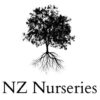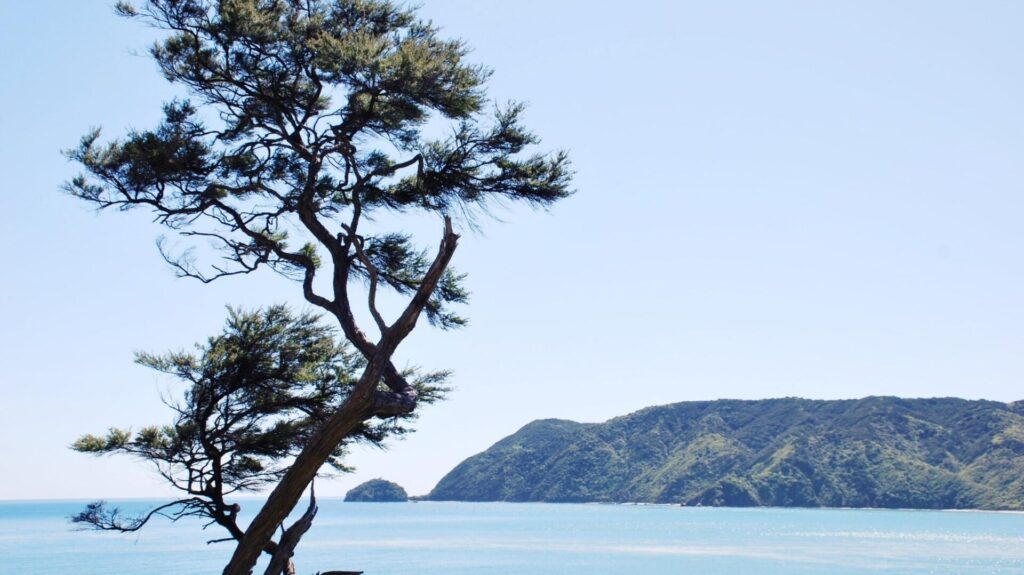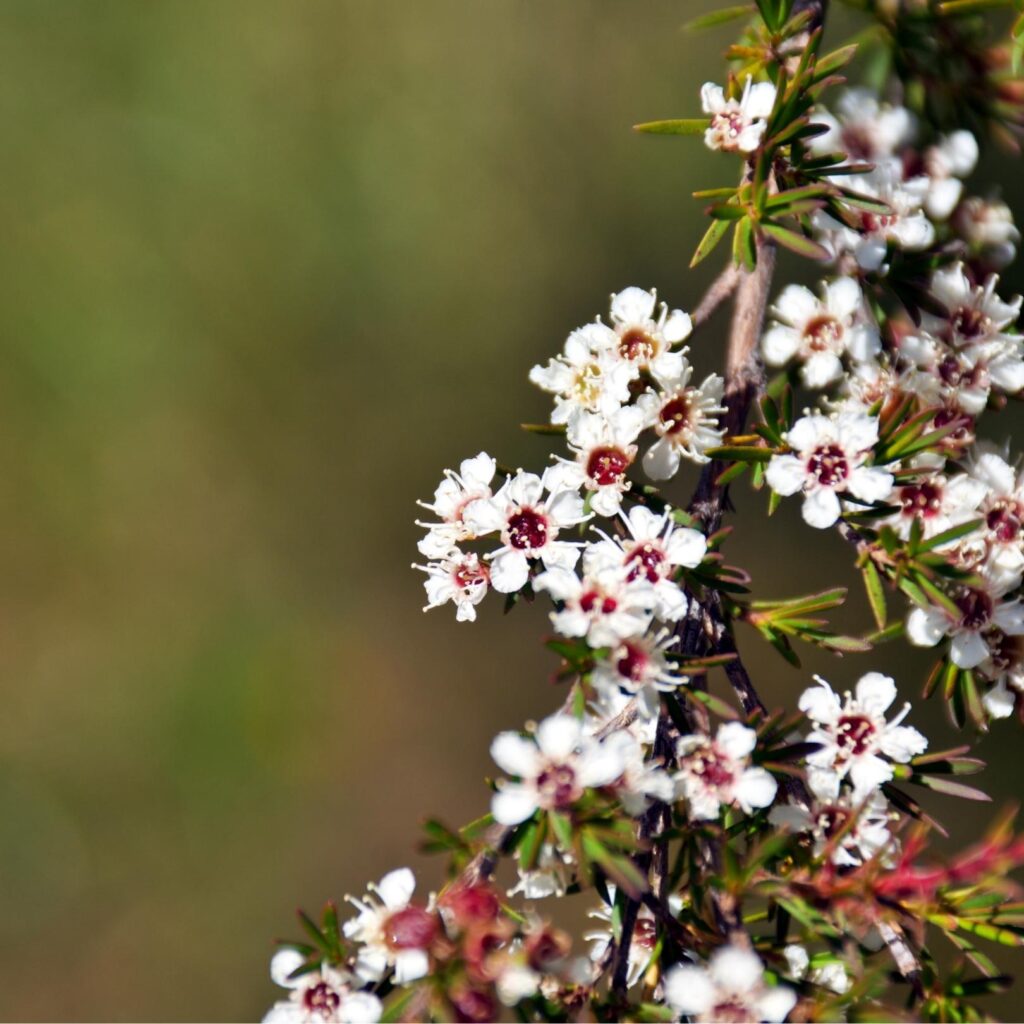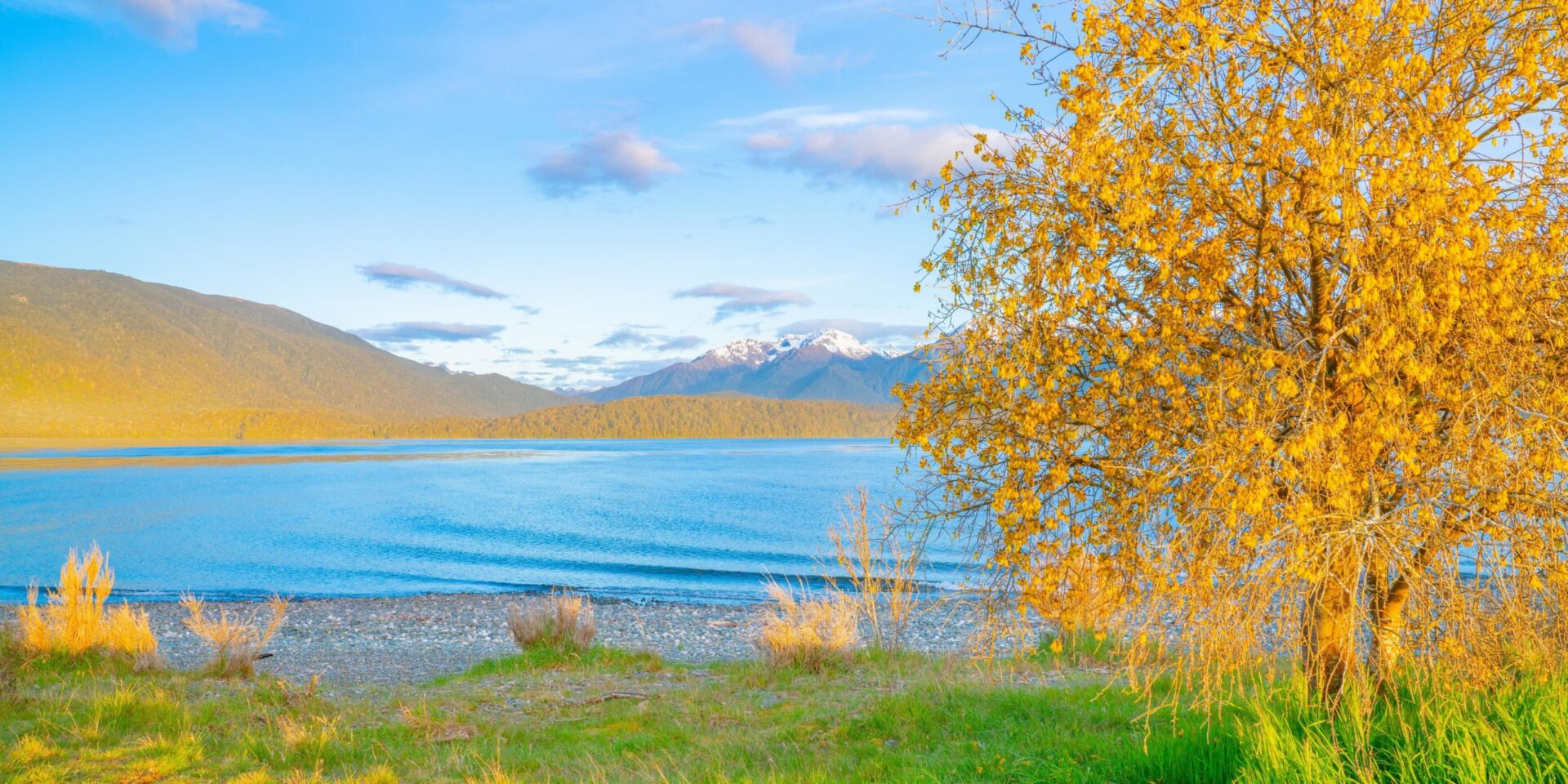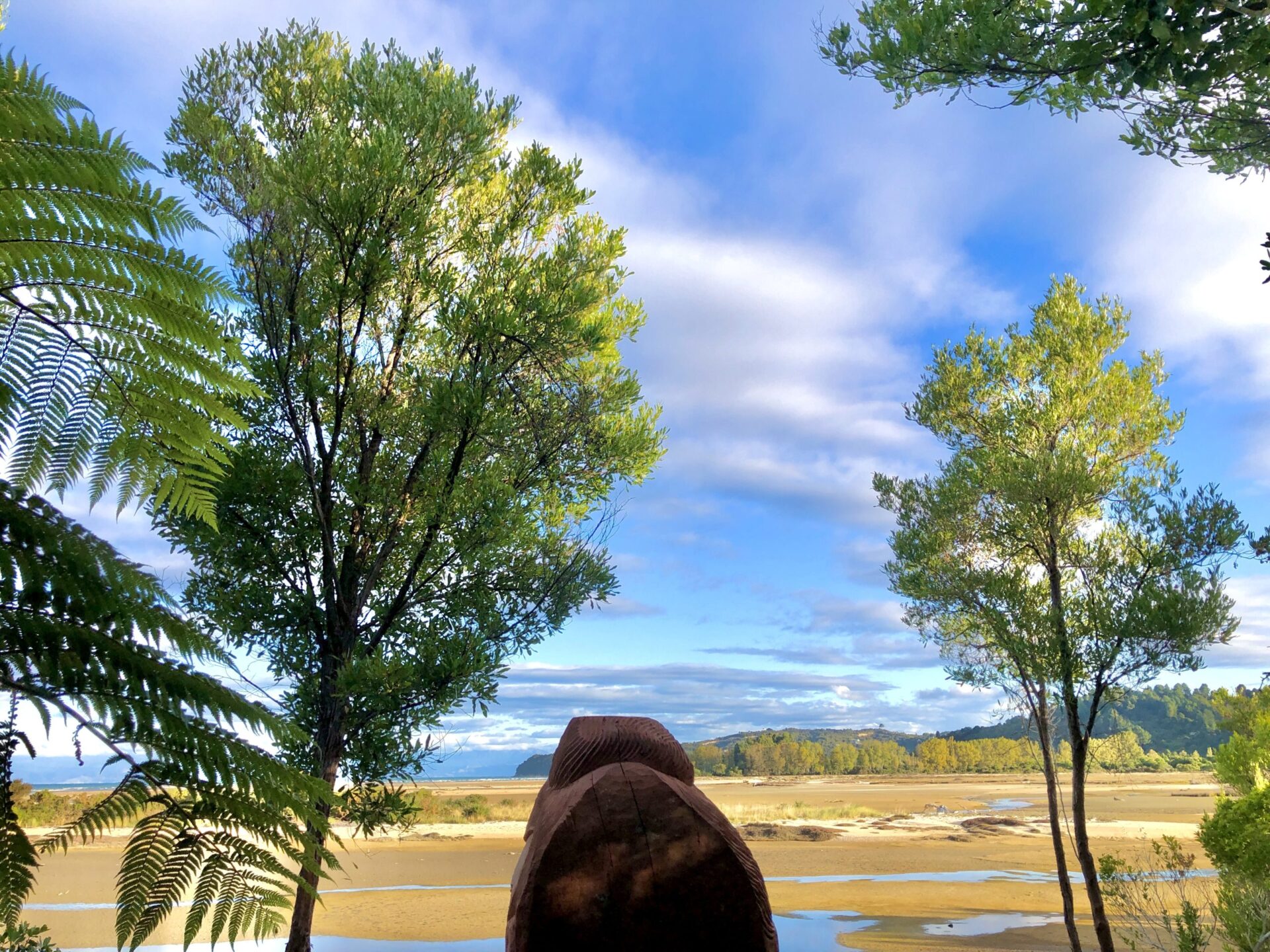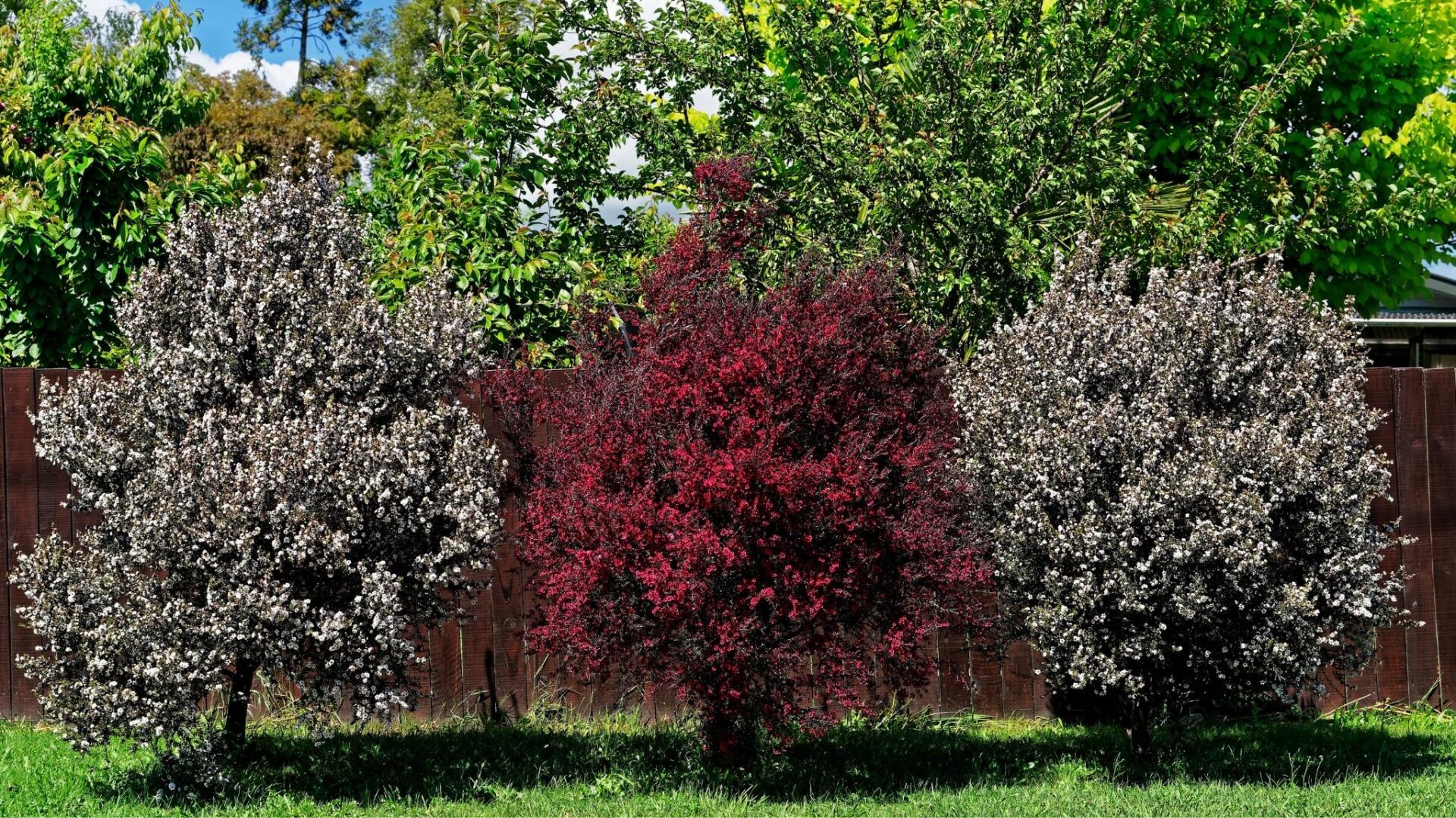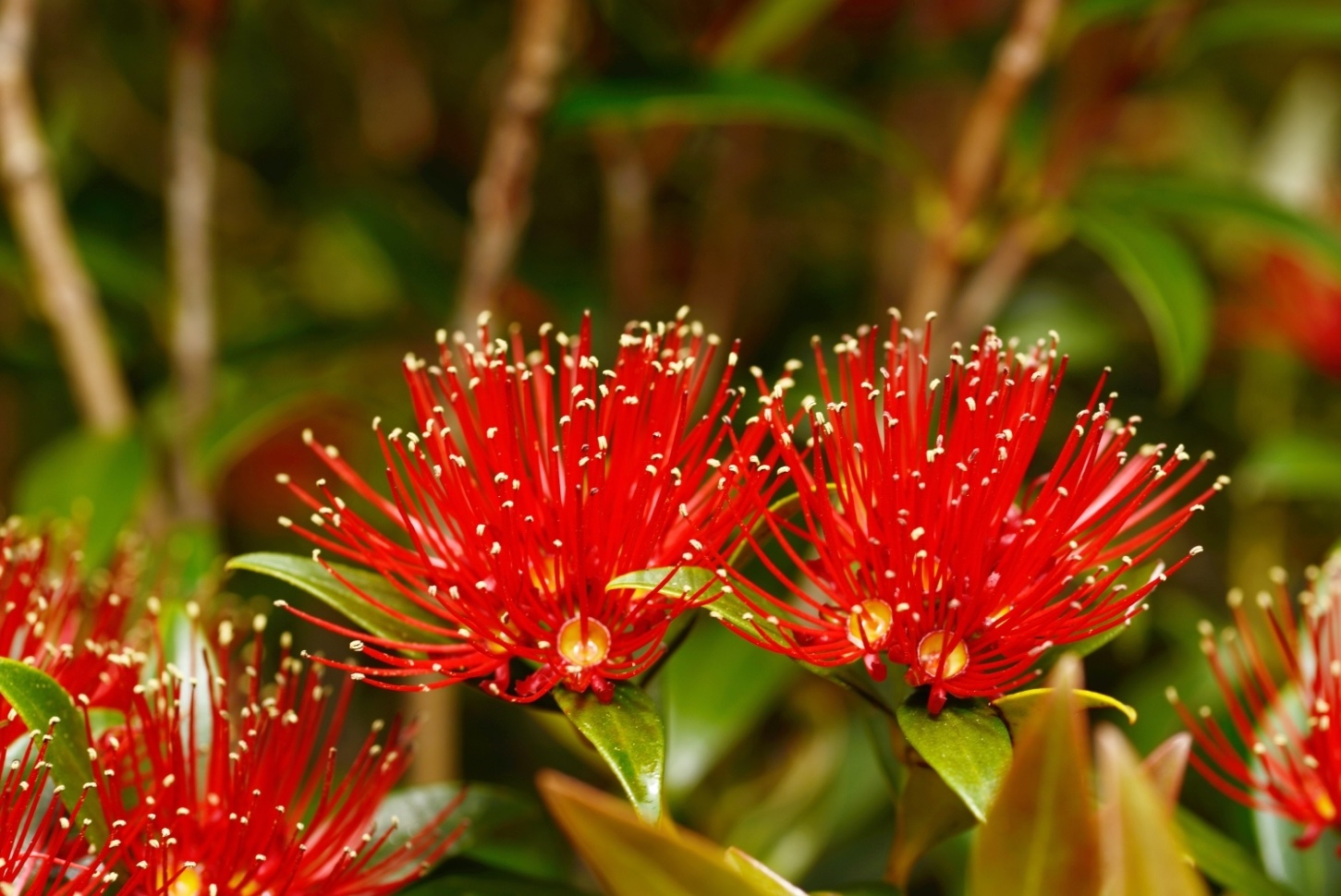Regeneration
Kanuka is like Manuka’s little brother and also one of New Zealand’s best kept secrets. Kanuka grows prolifically throughout both islands of Aotearoa New Zealand and is being recognised more for its medicinal and environmental uses.
Kanuka is at the frontier of native regeneration and even acts as a nursery for other trees and setting up the mycelium in the soil for the forests future development. This resource has been created to help you to get more familiar with the Kanuka’s history and variety of uses, support you with caring for your Kanuka, and provide links to projects that Kānuka are a part of.
In an established mature forest, Kanuka is relatively rare as it thrives in the landslips and frontier edges of a forest. It will rapidly absorb carbon and is somewhat critical in regenerating forests, great for fenced-off creeks, and of great support if you need bees on your farm, or just love great honey.
Cleaning Up Air and Water Ways
Research from the Centre for Integrated Biowaste Research has conducted studies around improving rural and urban areas with native trees. They have discovered the roots systems of Manuka and Kanuka inhibit the growth of E. coli and other pathogens. The time taken to get a 90% reduction of in E. coli was just five and eight days for Manuka and Kanuka respectively compared with 93 days for rye grass.
Both Manuka and Kanuka have been found to thrive under high fertility environments coming from Biowaste, which deviated from the general understanding that they survive best in low fertility environments. What’s more, the total amount of nitrate leached under manuka was just one third of the nitrate leached under pasture. Where urea was added to the soil, the nitrate leached under manuka and kanuka was 25 times less than under radiata pine.
The root architecture of the manuka and kanuka plays a key role in affecting their interactions with pathogens and nitrogen. They create routes of preferential infiltration, compared with pasture, which draws biowaste and water into the root systems, where the antimicrobial effect takes place.
Findings from this and further studies are suggesting strong results planting out livestock exclusion zones, next to water ways, with manuka and kanuka as well as for the use of effluent disposal of farming and urban sources. You can read more about this here.
Traditional and Medicinal Uses:
Collectively Kanuka and Manuka have been called “tea trees”. This name is from the early bushman who used Manuka and Kanuka leaves to brew a drink similar to tea. Maori lore attributes the Kanuka as being the male tree and the Manuka the female.
How do you tell the difference between the two? The Manuka leaves are a bit spiky when you run your hand across them whereas Kanuka is softer to the touch. A common saying to remember which is which is ” Manuka mean, Kanuka Kind”. The Kānuka also grows much taller with slightly smaller flowers.
Maori used Kanuka wood for tools, weapons, hunting and building while the bark was used for water containers, water proofing and dye. Seedlings and branches were used to capture freshwater crayfish (koura) and Kanuka branches made into brooms, splints for broken bones, fencing and tool handles. The larger Kanuka timbers were also used by early settlers for wagon wheel spokes and posts while the sawdust is prized for infusing flavours into smoked game and fish.
Extracts of Kanuka were also well known for their medicinal properties, including as an intestinal worming medicine and as an antibacterial poultice. Maori and early settlers used Kanuka shoots, seed capsules, bark, ash, and gum to cure a range of bacterial, viral, and inflammatory ailments.
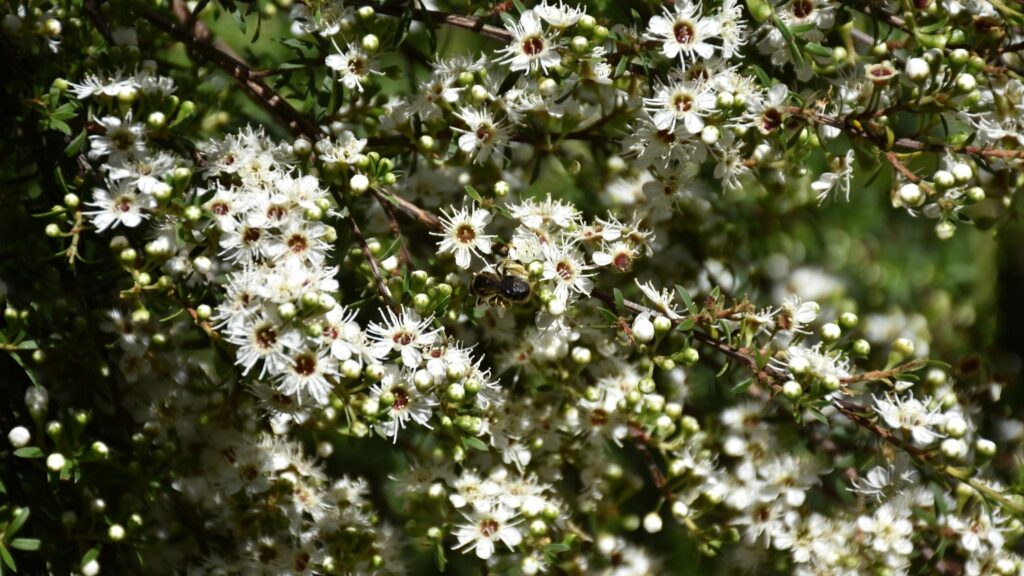
You may have tried Manuka honey but have you tried Kanuka honey?
Kanuka flowers produce a reasonable amount of nectar that is favoured by honeybees, and is popular for its strong taste and reputed antibacterial properties. It makes for a lovely honey with a silky, light, sweet floral taste. Kanuka honey has wound healing, antibacterial, and anti-fungal properties which come from its low pH (acidity), low water action, and a chemical called hydrogen peroxide. Honey also encourages the body’s own healing processes by stimulating the immune system and healing for wounds or infections. People have used it directly on their skin as a mask or topical treatment.
Kanuka essential oil is made by distilling leaves and twigs from the Kanuka tree. This oil produced has been praised for its anti-inflammatory, antiseptic, anti-viral, anti-fungal and insecticidal properties. Here are a few of the incredible ways that Kanuka oil can be used for your well-being:
- Clearing blocked airways – as a bronchodilator, Kānuka oil is said to be useful for opening up airways and helping with normal breathing.
- Relaxation and stress relief – Kānuka oil is used in aromatherapy for it’s calming properties.
- Insect repellent – Kānuka oil is great for keeping insects away, especially during camping trips.
- Athlete’s foot and fungal infections – great for ridding the toes and other areas of fungus, and keeping infections at bay.
- Immune support and deep cleansing – Kānuka oil promotes a healthy immune system
- Keeping acne at bay – much like Mānuka oil, Kānuka oil is also great for helping with the natural treatment of acne.
- Helping to reduce dandruff – Kānuka oil is great for soothing and nourishing the skin and hair.
Along with environmental and well-being benefits, landowners are considering the potential for Kanuka to generate income from other sources such as carbon credits and regional councils may provide funding assistance for new plantations, especially for the conversion of erosion-prone land. Kanuka is able to support the stability of steep slopes that typically slip when in pasture and reduce sediment runoff.
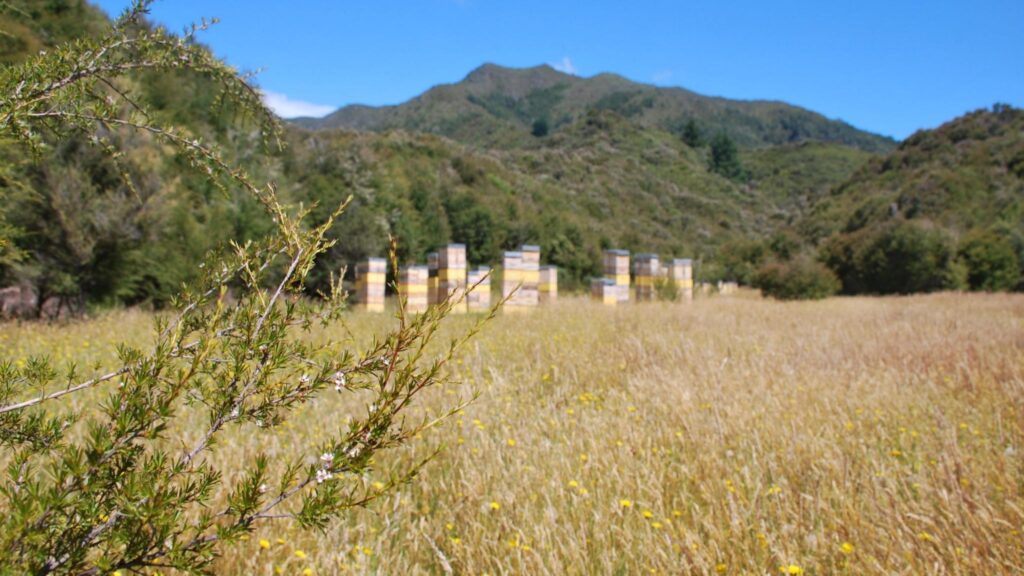
The Details:
Kanuka has small narrow parallel-sided leaves several times longer than wide. The foliage is soft to the touch and the flowers are 4-5mm across, creamy white in colour with a lovely fragrance. Kanuka usually flowers once a year only and Kanuka bark is a light brown and comprised of long narrow strips.
Kanuka is a ubiquitous New Zealand tree species, found throughout the country from the coast to subalpine forests. Renown for being a highly adaptable and tough plant that can establish and grow on exposed hillsides where other natives cannot. Once this is achieved, a variety of eco-sourced trees and shrubs can be planted around the Kanuka, the Kanuka will protect these plants from the elements and provide them with a greater chance of survival.
The Kanuka vegetation doesn’t just appeal to honey bees, it provides habitat for a diverse range of plants, fungi, and animals, particularly invertebrates. With such high insect diversity, it is also an excellent habitat for native geckos and birds and enhanced pollination.
It can also be grown for timber and firewood. Kanuka self-sows, and the wood burns long and slow, producing incredible amounts of heat.

Growing your Kanuka:
Habitat: Dry and moist exposure areas in coastal to lowland shrub. It prefers to grow in full sun or partial shade and will cope with almost any soil. A robust plant that can withstand both frost and wind. The woody roots also make them drought tolerant.
Maturity and Growth: A healthy Kānuka plant will grow to 8-10 meters however the very old specimens (160 years+) have been measured at close to 25m tall with 1m diameter trunks.
Garden uses: Hedging, Ponds, Screening
Compatible companion plants: Mānuka and Cabbage tree
Flowering: Late Spring to Summer
Fruiting: November to March
Winter foliage: Evergreen
Planting tips:
- If you would like to walk through your Kanuka bush plantings then plant around 2.5m apart
- To fill an area (without the ability to walk through) then plant them about 1.5m apart.
- You can trim your Kanuka as needed otherwise the Kānuka is typically low maintenance.
- Watch for pests! Generally, livestock don’t find Kanuka overly palatable however fencing the area will provide the best chance for growth.
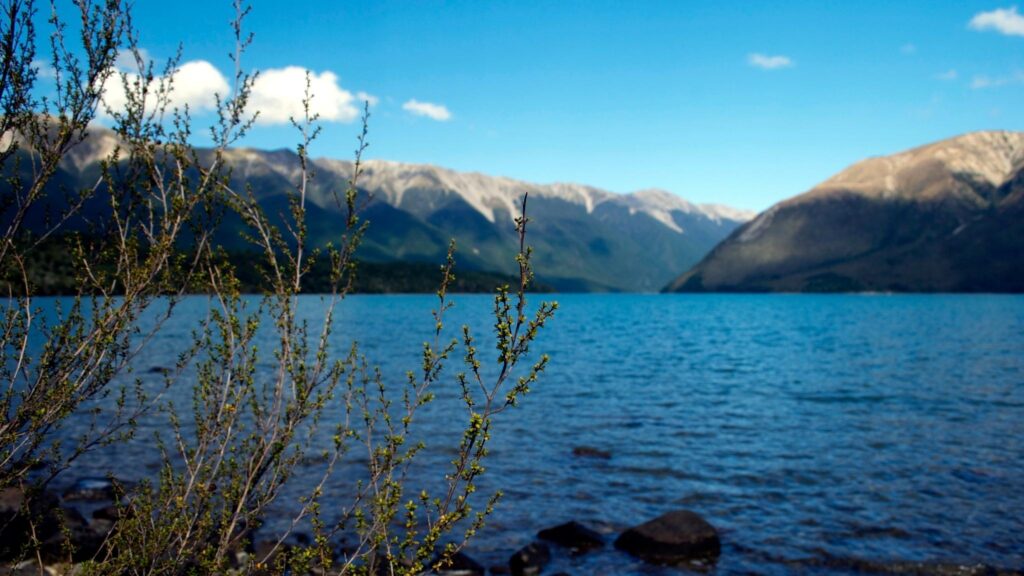
More Facts on the Kanuka:
- Historically Kanuka was known as white tea tree and Manuka as red tea tree. This refers to the colour of the freshly cut wood which is pinkish in Manuka and white for Kanuka.
- New Zealand’s native parakeet, the Kakariki, chews Kanuka leaves and then preens itself, indicating a specific anti-parasitic and anti-worming function.
- A great tool is Tāne’s Tree Trust National Carbon Calculator for planted New Zealand native forests. This tool allows you to work out how much carbon your planted native forest is storing over a defined period of time. For example, a planting of 2 native trees or shrubs is expected to remove 0.14 tonnes of CO2 from the atmosphere after 20 years. Check out yours here
- Kanuka has even has shown antimicrobial activity against Herpes simplex and possibly other viral infections.

Projects:
Ministry for Primary Industries (MPI) provides grants for planting from the Afforestation Grant Scheme (AGS) with the primary goal of reducing erosion, Kānuka is being planted in support of this.
Hugh Wilson and the Hinewai Reserve in Banks Peninsular. He is a long-time campaigner of natural regeneration and initial advocate of allowing the native forest to eventually overwhelm Gorse. A great project to visit if you are in Banks Peninsula.
An unused coastal section of Ridgecliff family farm has been transformed by planting 3000 Kānuka to support the ecology and biodiversity in Banks Peninsula.
As part of the Uruwhenua Native Regeneration Project, a Golden Bay area called Kānuka Hill is now set to foster biodiversity as a permanent forest
